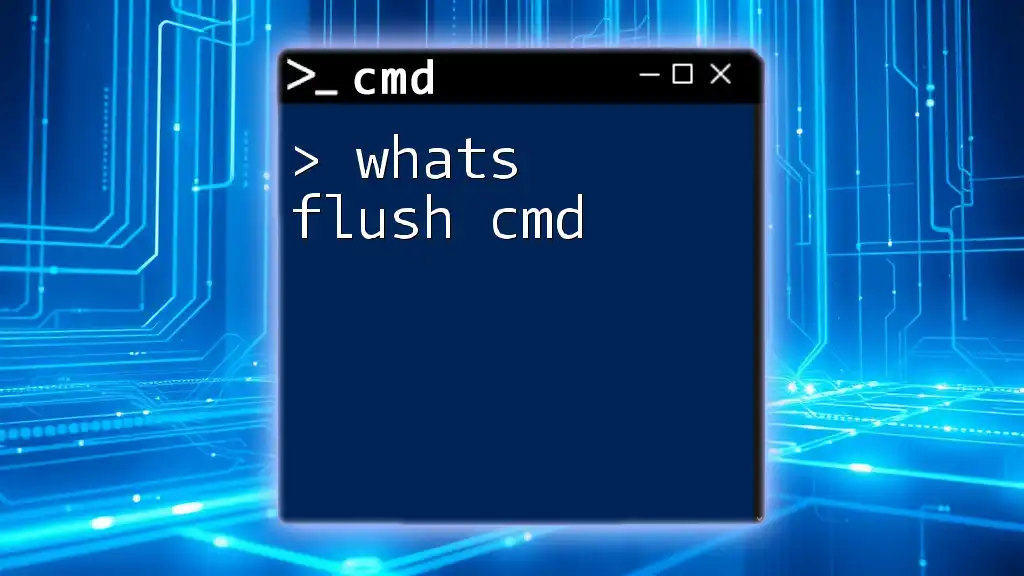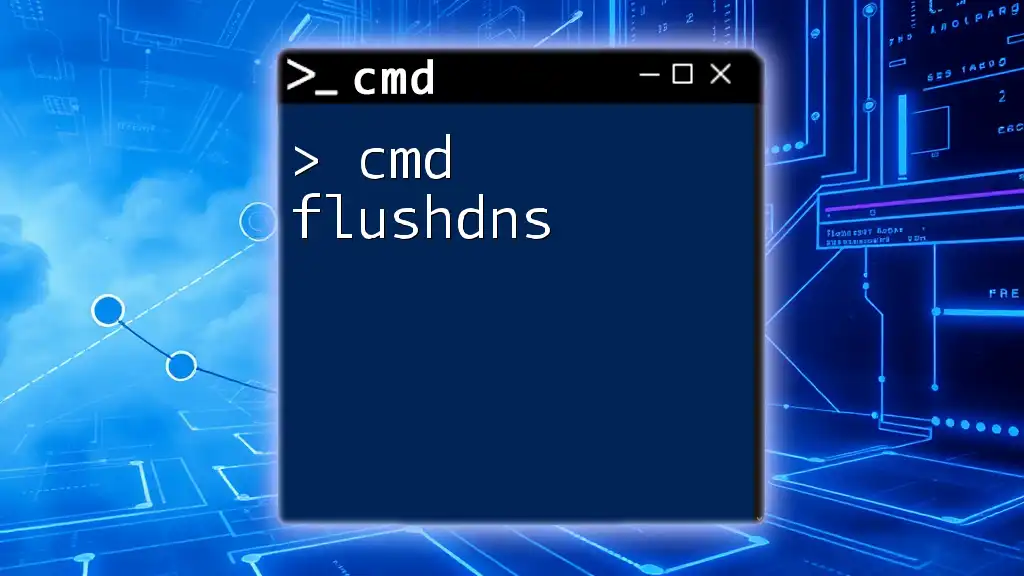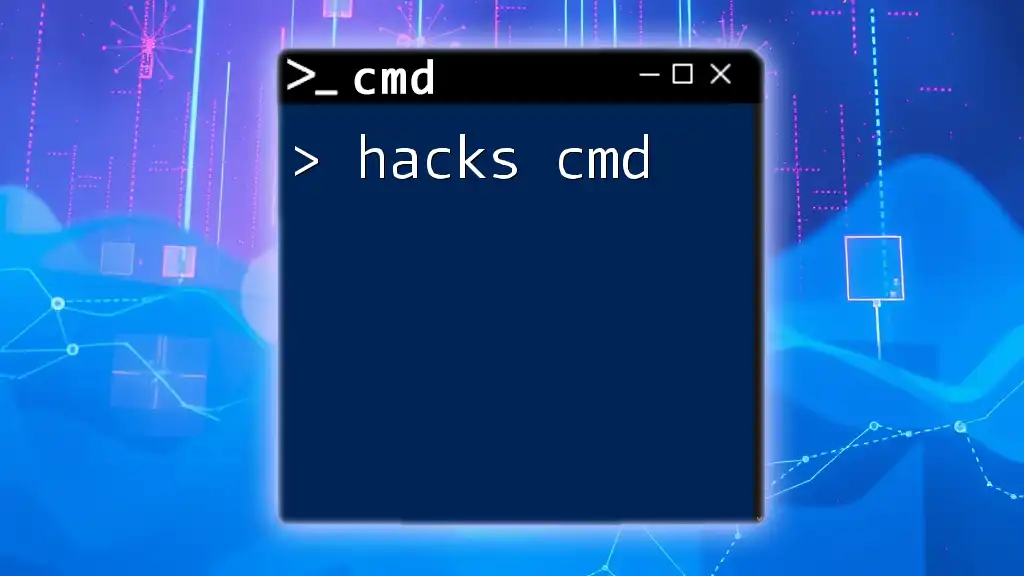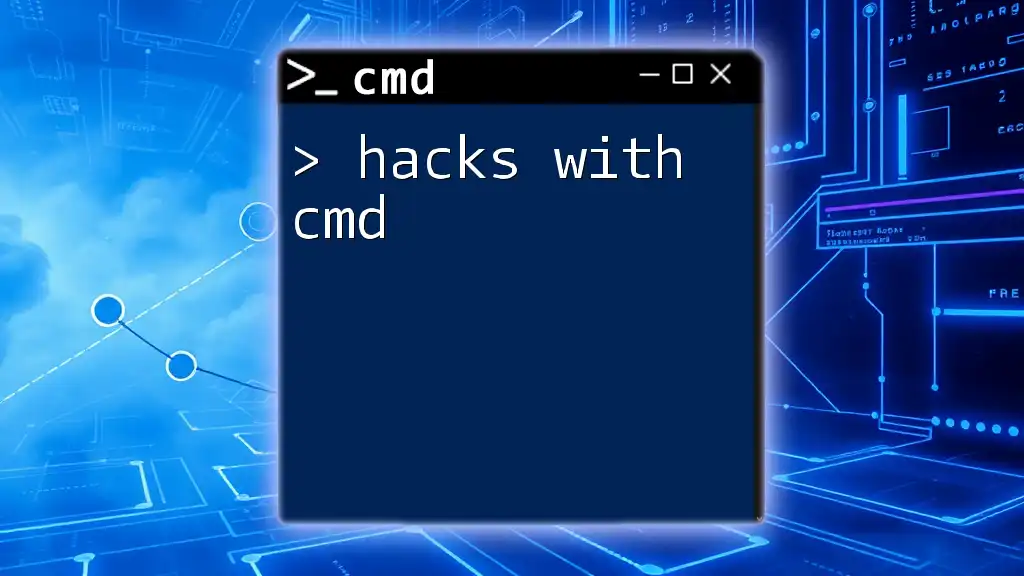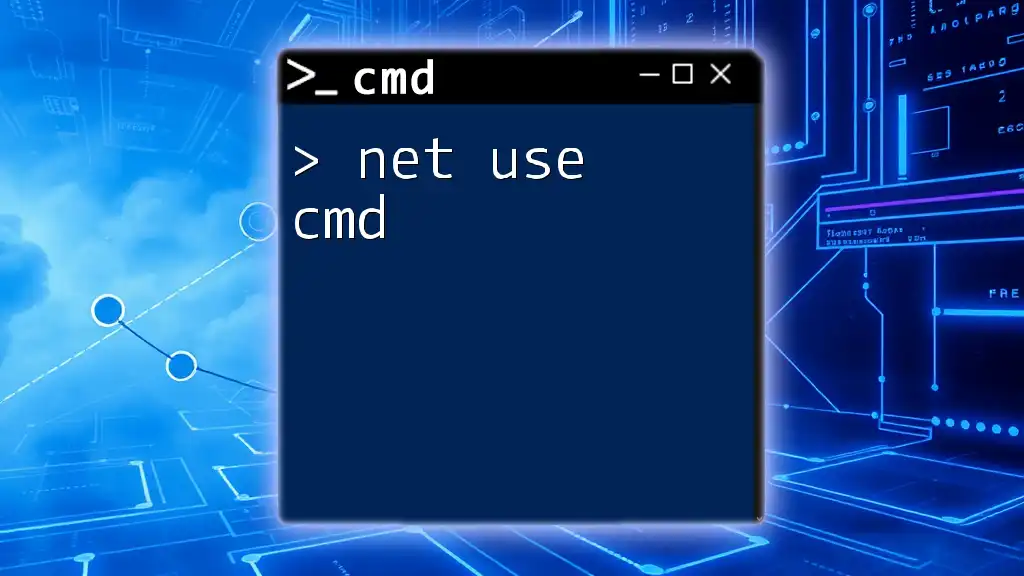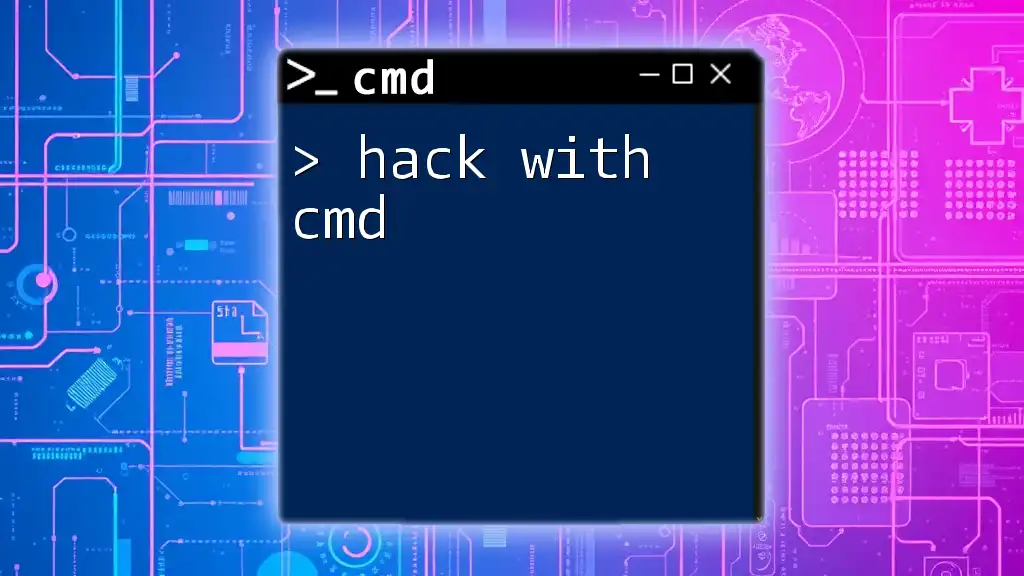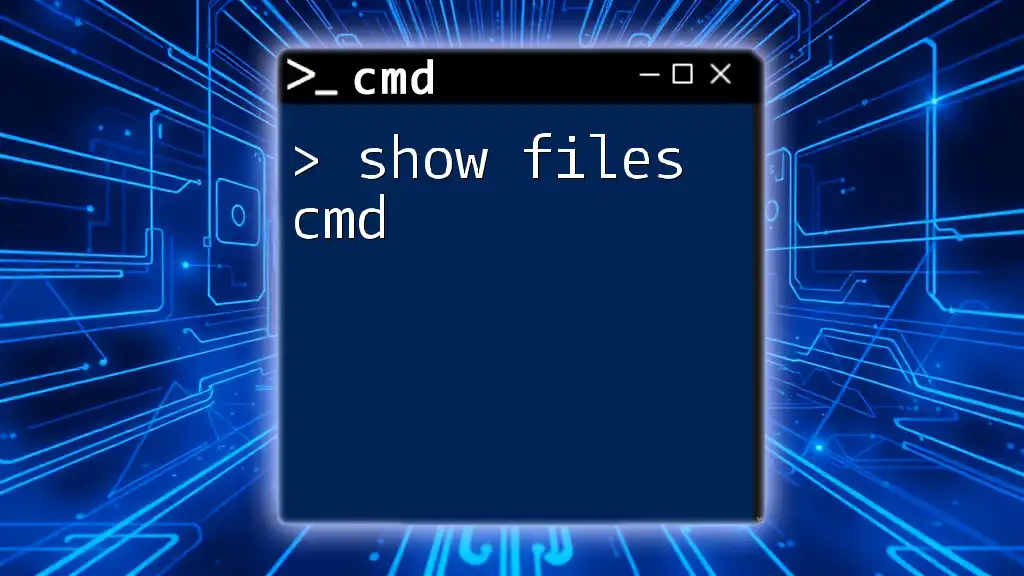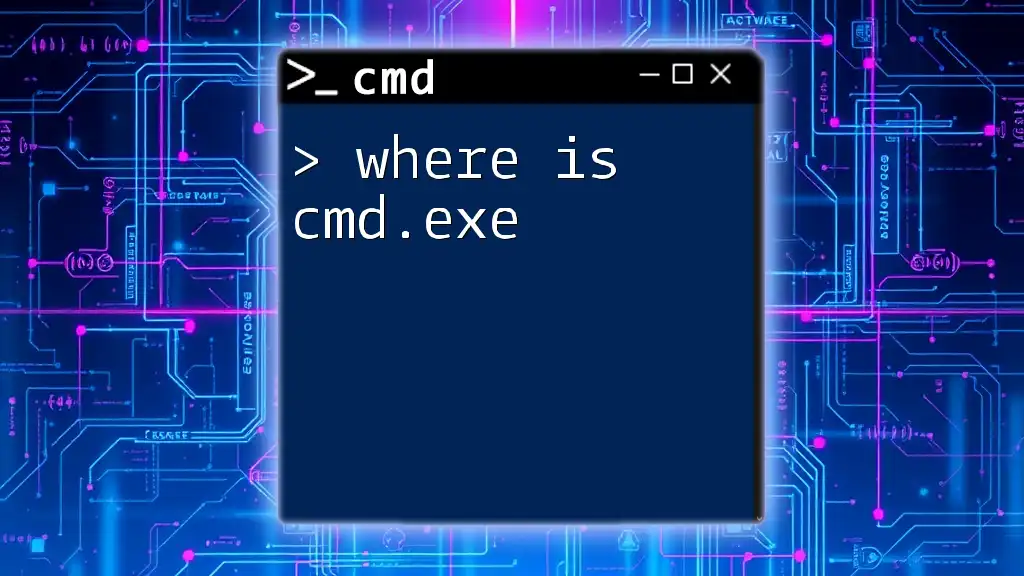The "flush" command in CMD typically refers to clearing or resetting a buffer or cache—commonly associated with network-related commands or managing DNS records. Here's an example of flushing the DNS resolver cache:
ipconfig /flushdns
What Does Flush Cmd Mean?
Flush in computing refers to the process of clearing or removing temporary or cached data that can potentially hinder system performance or cause errors. This is essential for maintaining optimal operation within your computer systems.
In the context of CMD (Command Prompt), specifically in Windows, flushing is commonly associated with network operations and cache management. It usually involves commands that clear various types of cache, allowing for quicker troubleshooting and enhanced performance.
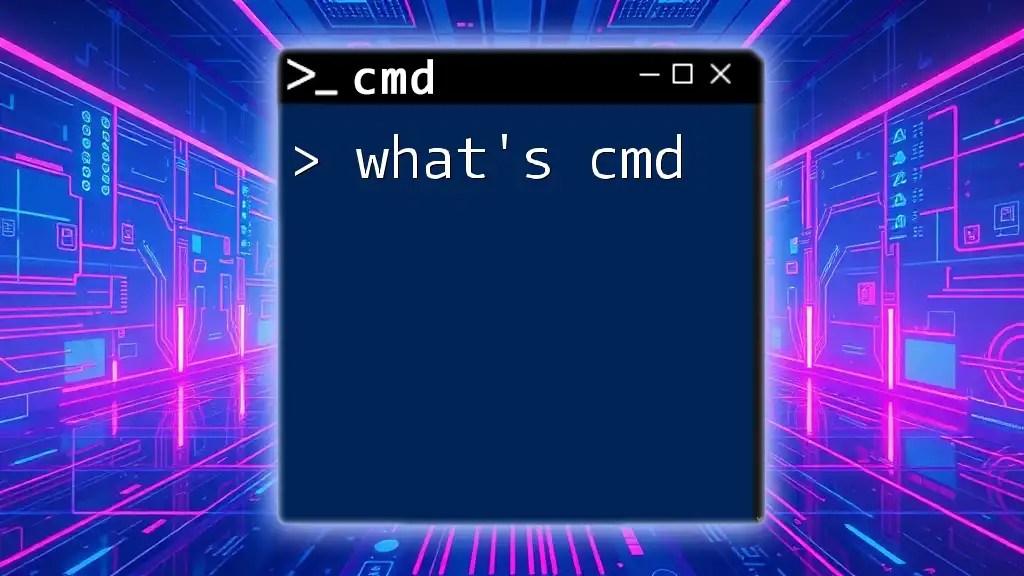
Common Flush Commands in CMD
ipconfig /flushdns
This command is used to clear the DNS resolver cache. When you visit websites, your computer temporarily caches DNS information to speed up the loading process on subsequent visits. However, outdated DNS entries can lead to issues, like inability to access certain sites.
When to Use: If you consistently encounter DNS-related problems, such as being unable to access a website that you know is online or seeing incorrect pages, it’s time to run this command.
How to Execute:
ipconfig /flushdns
Example Scenario: Imagine trying to access a newly updated website, but your browser keeps showing the old version. Flushing the DNS cache will refresh your system’s knowledge of the site, resolving the issue.
netsh interface ipv4 delete arpcache
This command clears the ARP cache, which stands for Address Resolution Protocol cache. The ARP cache maintains a table of known IP addresses and their corresponding hardware addresses. Sometimes, issues with network connectivity can arise when this table contains stale information.
When to Use: It's beneficial for troubleshooting problems such as inability to connect to local networks or persistent IP address conflicts.
How to Execute:
netsh interface ipv4 delete arpcache
Example Scenario: If your device suddenly faces difficulties communicating with other devices on the same network or experiences slow performance, executing this command can help reset the necessary connections.
netsh winsock reset
Resetting the Winsock Catalog is crucial when you encounter internet-related issues. Winsock is a programming interface that Windows uses to communicate with network services and applications. If this catalog gets corrupted, you may experience problems with internet connectivity.
When to Use: Use this command whenever you face persistent internet connectivity problems, including browser errors, dropped connections, or application failures.
How to Execute:
netsh winsock reset
Example Scenario: Suppose a specific app fails to connect to the internet while other applications work perfectly. In that case, this reset can help restore normal function and connectivity for that app.
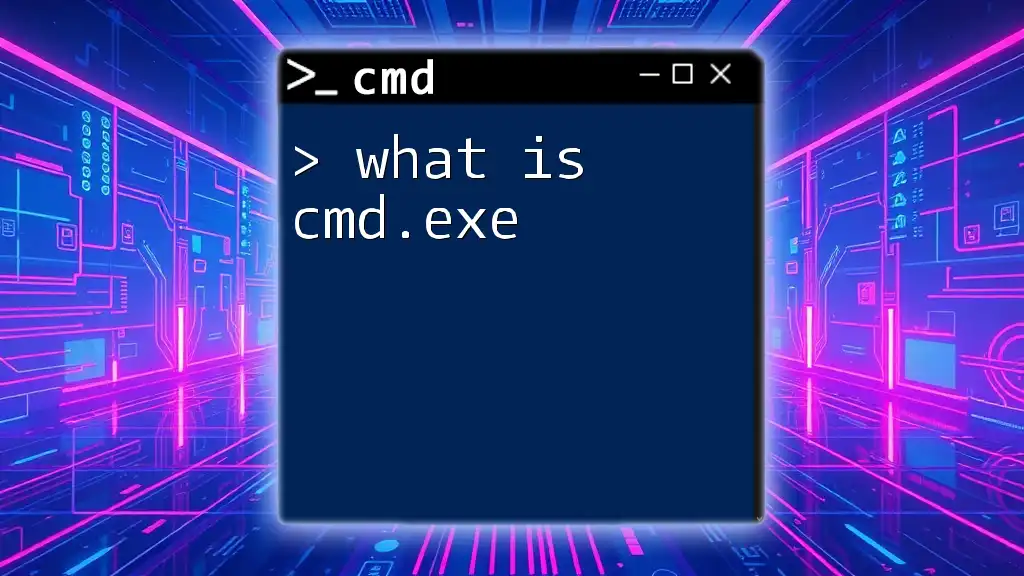
How Flushing Impacts Your System
Benefits of Flushing
Flushing commands provide numerous advantages:
- Improved Performance: By clearing outdated or unnecessary data, you free up system resources and enhance processing speed.
- Network Troubleshooting: Flushing helps quickly resolve various connectivity issues by refreshing the respective caches.
Risks of Flushing
While flushing is beneficial, it’s important to recognize potential downsides:
- Temporary Disruption: During the flushing process, you may experience a momentary lapse in connectivity while your system updates its information.
- Loss of Cached Data: It’s possible to remove useful cached data, which could lead to slower initial load times on frequently visited sites right after flushing.
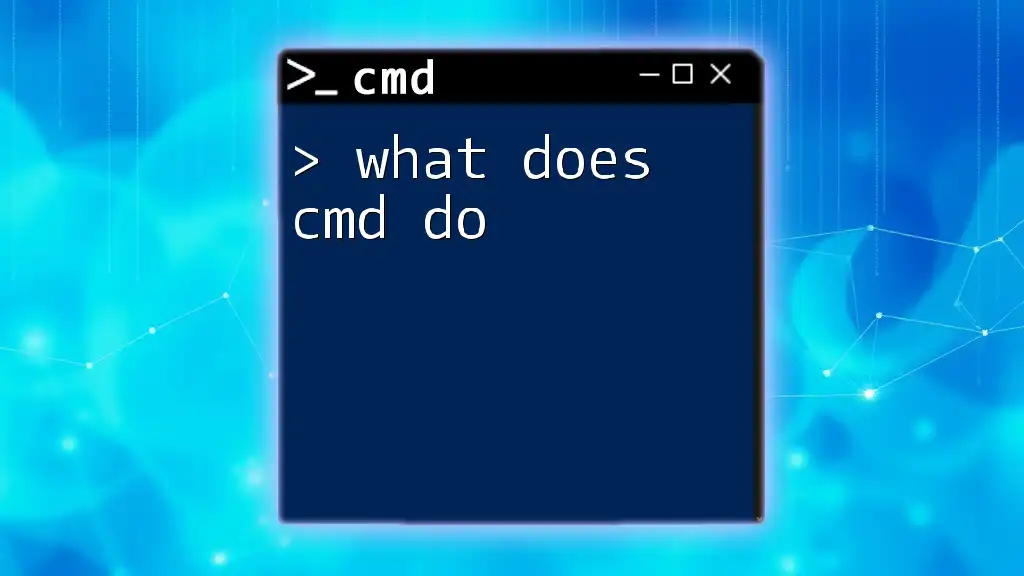
Step-by-Step Guide: Flushing Your System
Preparing to Flush
Before executing flush commands, it's crucial to prepare your system adequately:
- Backup Important Data: Make sure to save any critical work or data to avoid accidental loss.
- Close Active Applications: This minimizes disruptions and helps ensure that no applications are negatively affected during the flushing process.
Executing Flush Commands
To execute the necessary commands, follow these steps:
- Open CMD as Administrator: Accessing CMD with elevated permissions allows for execution of system-level commands.
- Type the Appropriate Flush Command: Enter the specific command that addresses your needs.
- Observe System Response: After executing the command, pay attention to any messages that confirm successful execution.
Verifying Flush Results: After executing a flush command, you can confirm its success by using related diagnostic commands like `ipconfig` to check DNS settings or view ARP cache entries.

Troubleshooting Post-Flushing Issues
Common Problems After Flushing
Sometimes flushing commands can lead to unforeseen issues, such as:
- Connectivity Issues: If your device can’t connect to the network post-flush, try restarting your router or running diagnostics within Windows.
- Application Failures: Some applications may require a restart to establish network links properly.
Diagnostic Commands
If issues persist after flushing, use these diagnostic commands for further investigation:
- ipconfig: Displays network configuration and status. Useful for checking if the correct DNS configurations are in place.
- ping: Tests connectivity to specific IP addresses or websites, helping you diagnose where connectivity might be failing.
- tracert: Traces the path taken by packets to reach a specific destination, which can help identify where in the journey connectivity is being lost.

FAQs about Flush CMD
What is the difference between flushing and refreshing?
Flushing typically indicates a more permanent and explicit removing of cached data, while refreshing can imply simply updating the view or re-checking data without necessarily clearing it entirely.
Can I flush without administrative privileges?
Generally, many flush commands require administrative privileges to execute properly. Without these, windows might restrict your ability to perform certain flush operations.
Is flushing safe for my system?
Flushing commands are safe when used appropriately, but they should be executed with understanding and caution as they can temporarily disrupt network operations and may clear useful data.
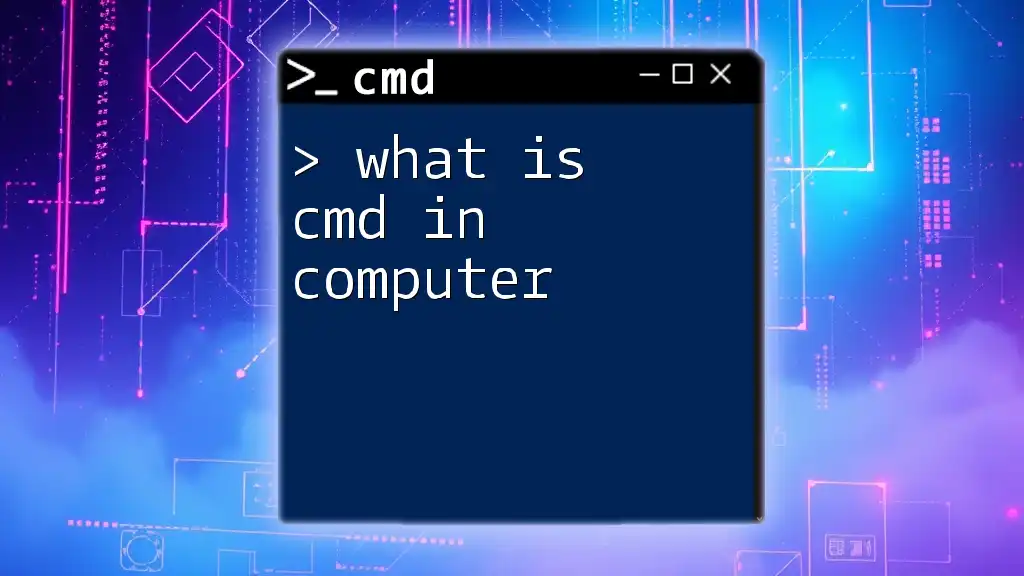
Conclusion
Understanding and utilizing flush commands in CMD is vital for maintaining system performance and resolving connectivity issues effectively. Familiarity with these commands enhances your technical skills, allowing you to troubleshoot problems proficiently. Don't hesitate to practice these commands and explore further CMD functionalities to boost your confidence and efficiency with computer systems!

Additional Resources
Recommended Tutorials
Be sure to check out our related articles on CMD basics, DNS issues, and networking for a deeper understanding of how these components work together effectively.
Community Support
Join our forums or community discussions to explore advanced command techniques and troubleshoot complex issues with fellow tech enthusiasts. Your journey to becoming CMD proficient starts here!

